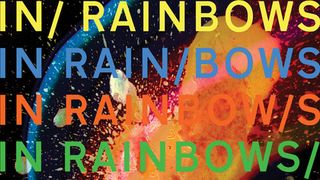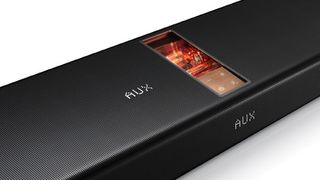How your noisy, open-plan office is making you 66% less productive
What we hear drastically affects our stress levels, our productivity and our mood - so why leave it to chance?
"Many people take refuge in headphones, but they turn public spaces into millions of tiny sound bubbles," he says. "No one's listening to anybody. We're becoming impatient; we don't want oratory, we want soundbites, and the art of conservation is being replaced by personal broadcasting."
Wearing headphones is but a sticking plaster over the problem of sound in cities. "It's frightening just how many people are now wearing headphones, as if they're trying to escape the world we've created," says Poppy Elliott, who runs Quiet Mark, a UK-based not-for-profit arm of the Noise Abatement Society.
Quiet Mark is an awards scheme that seeks-out - and certifies - everything from gadgets, kettles and washing machines, to cars, heavy machinery and lawnmowers whose manufacturers pay close attention to achieving low noise levels.

Getting back to nature
Blocking out irritating, distracting or downright nasty sound isn't easy. "If you put music on top of noise, it's like putting icing on top of mud; it might look like a cake, but it doesn't taste like one," says Treasure. "Music on top of noise is just more noise, and most retailers don't understand that."
Even when we do decide to retreat to our own worlds within headphones, it's usually with music that neither helps concentration nor encourages serenity. If you're trying to work, don't fill your headphones with anything with a 'voice', such as radio, podcasts or even lyric-filled songs since they'll only further use up your concentration.
The best sounds for concentration are natural and unpredictable, with a general mood replacing a narrative that your brain will unconsciously be distracted by.
"Over hundreds of thousands of years humans have learned that when the birds are singing, we're safe, so it makes us feel secure," says Treasure, though as well as birdsong, streams, waves and forest sounds can all help.
Are you a pro? Subscribe to our newsletter
Sign up to the TechRadar Pro newsletter to get all the top news, opinion, features and guidance your business needs to succeed!
The key theme here is ambience, and Treasure has helped develop randomly generated soundscapes for umpteen brands, shops and hotels, clips of which can be downloaded from Soundcloud, while a CD called Moodsonic and a free app that plays a 40-minute loop of entrancing randomness, Study for iOS, are also available.
If you work in a noisy environment and need to write, soundscapes like this are a God-send - and we'd put Brian Eno's ambient classic from way back in 1978, Music For Airports, in that category, too.
The future for sound
Even with the right kind of soundscape chosen, the quality isn't always the best. "People have become accustomed to poor quality audio, relying on expensive speaker systems and headphones to conjure up an audio experience fed by heavily compressed, thin audio sources," says James Caselton, Head of Product and Partner Marketing at Dolby, who thinks that 'driving headphones and speakers to the limit' is now easy to achieve.
Although it's hardly become mainstream, there's a definite trend towards higher quality downloads, and as hard disk space becomes less of an issue (a 2TB hard drive now costs less than £200), ripping CDs in lossless quality - or downloading music as hi-res WAV, FLAC or OGG files (for now, usually only from the websites of minor record labels and artists) - is at last a realistic ambition.

Meanwhile, music for home cinemas is getting more advanced, too, with the Wireless Audio & Speaker Association recently showing a completely cable-free 7.1-surround sound system.
Is this the future for cinema audio? Yes, it is, says Dolby, who thinks that the future of surround sound is a move from channel-based sound to object-based sound.
"Object-based sound is the future as it provides much more control over the placement and movement of isolated sounds or objects within a theatre environment," says Caselton. "This puts audiences right in the middle of the action and offers a more natural, realistic sound that envelops the audience."
Dolby's own take on this, called Atmos, was launched last year and has been used in over 100 cinemas and in more than 30 films, including The Hobbit: An Unexpected Journey and Life of Pi.
Even the advance of the humble soundbar - which now makes up a third of all speaker sales - is an indication that sound is becoming just as important as visuals.

A pillar of existence
"Sound is a pillar of our existence that has been ignored," says Elliott. "We've had the golden age of design technology and we've got every single machine conceivable that does everything for us either here or on its way, but maybe the way those machines sound hasn't been given a high enough priority."
Maybe it's time we all started making more noise about better sound.
Jamie is a freelance tech, travel and space journalist based in the UK. He’s been writing regularly for Techradar since it was launched in 2008 and also writes regularly for Forbes, The Telegraph, the South China Morning Post, Sky & Telescope and the Sky At Night magazine as well as other Future titles T3, Digital Camera World, All About Space and Space.com. He also edits two of his own websites, TravGear.com and WhenIsTheNextEclipse.com that reflect his obsession with travel gear and solar eclipse travel. He is the author of A Stargazing Program For Beginners (Springer, 2015),

